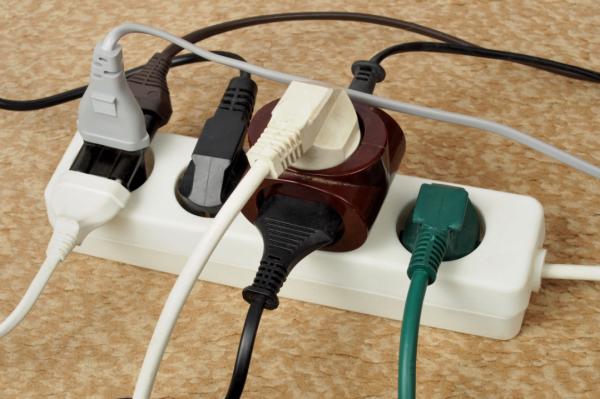The use of electrical extension leads
Under the 1989 Electricity at Work Regulations Act, employers must provide a safe working environment for their employees. However, the rising number of electrical appliances in the workplace (and at home) has resulted in the constant use of extension leads. These require certain precautions.
Ideally, the rule should be one socket to a plug, but this could be challenging or impractical in some instances. For example, certain appliances may need to be used temporarily, or additional sockets might not be available. Therefore, an extension lead might be needed. Unfortunately, there is a common misuse of extensions, and in many cases, it has led to fire outbreaks or near misses. This guide offers tips on safely using an electrical extension lead in your work or home environment.
1. Extension leads are designed with either a single socket or a block between two and ten socket outlets. The number of outlets should align with the number of devices that need to be used. A minimum number of sockets should be available to prevent misuse. Extension leads should not be so short that strain is placed on the cable connections and grips.
2. To avoid a trip hazard, extension leads should not be an excessive length to prevent loose cables. Extension lead cables should be laid flat to prevent knots. Both closed and open reeled extension leads must be fully unwound before use to avoid the production of heat within the spun cable.
3. To prevent insulation damage, extension leads should not run around sharp corners or across doorways. Where an extension must run across a floor, it should be protected. The extension lead blocks should not be placed where they may become subject to water spillage or other liquids, damage, affected by warm or hot surfaces or be allowed to accumulate dust or powder deposits.
4. For outdoor use, extension leads designed for this purpose and protected by a residual current device (RCD) should be used.
5. Extension leads with damaged blocks or cables should immediately be taken out of service.
6. Extension blocks should not be covered (for example, by clothing or rubbish).
7. An extension lead should not be daisy-chained (plugged into one another).
8. Where extension leads are necessary, a lead of the correct rating for the intended purpose should be used. Some extension leads have lightweight cables only suitable for lighting appliances: the plug on these extension leads should only be fitted with a 5amp fuse. The plugs on leads of more robust cables ideal for use with devices with a higher current rating may be fitted with a 13amp fuse if appropriate.
9. The total current drawn by devices to be used with an extension lead should be calculated to ensure that the fuse’s current rating in the plug fitted to the lead is not exceeded.
10. Extension leads should be subject to in-service electrical inspection and maintenance (‘PAT testing’) in compliance with the Electricity at Work Regulations 1999. Guidance in HSE publications HSG107 (ref. 3) and INDG236 (ref. 4) (for low-risk environments) make similar recommendations. INDG236 additionally recommends that all leased equipment is also maintained. The results of the tests should be recorded.
For more helpful tips and up-to-date information, please subscribe to our newsletter.

Related Posts





